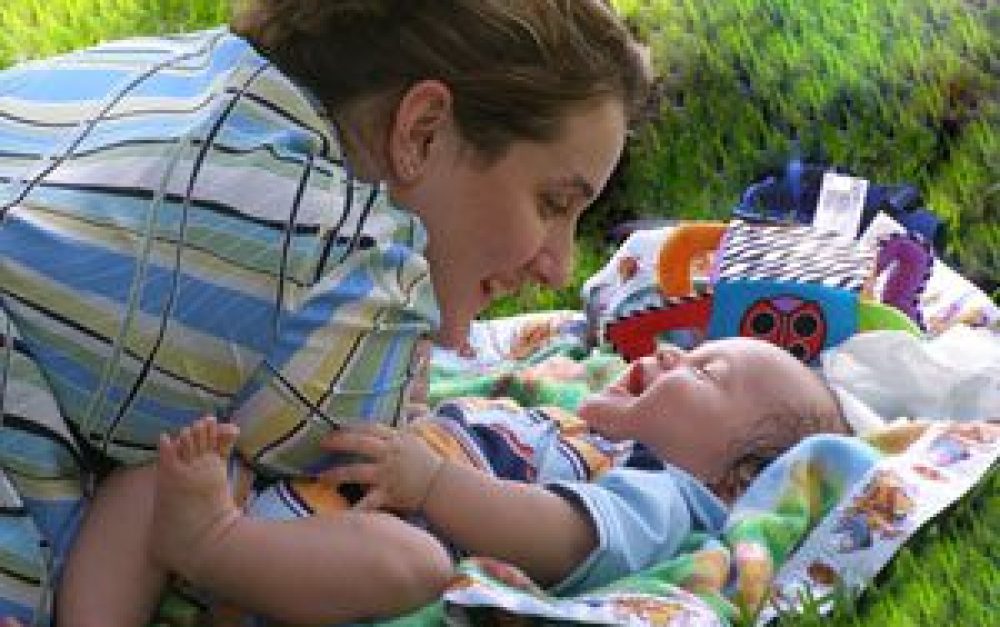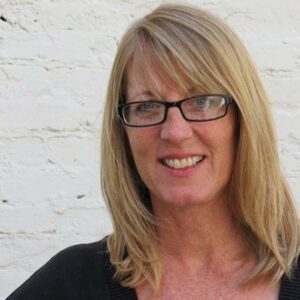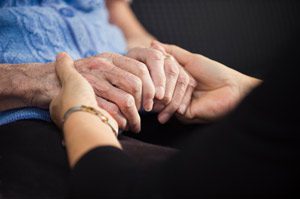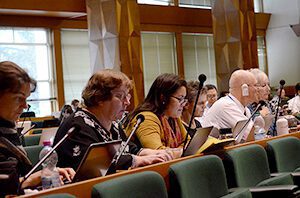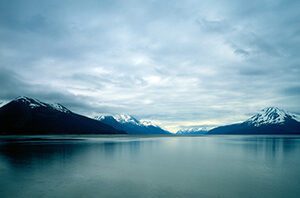I couldn’t bring 9-month-old Connor with me when I attended my first POPs treaty meeting in Bonn, so I brought my breastmilk pump instead. I vividly remember struggling with my rusty German to convince the women in the conference center kitchen to store my milk in the deep freeze.
As a nursing mother, participating in the POPs treaty meetings took on a very personal dimension. Here’s why: persistent chemicals build up in food chains across the globe, and this is a key reason the treaty exists. Human milk — nature’s perfect food for infants — is at the very top of the food chain. This is why POPs show up so often in breastmilk.
We’ve written here about the POPs treaty many times before. It’s officially known as the Stockholm Convention on Persistent Organic Pollutants. It’s a completely unprecedented international agreement designed to rid the world of an entire class of chemicals that scientists and the global community agree are just too dangerous to have on the planet.
Persistently targeting persistent chemicals
These “POPs” are frighteningly persistent (decades), concentrate up the food chain (building up in higher-level predators like humans) and travel the globe (settling in the Arctic, where levels in human tissue are astonishingly high). They are also known to harm human health.
The POPs treaty is designed to rid the world of an entire class of harmful chemicals
PAN has been pressing for action on persistent chemicals since the early 1980s. The global network’s initial “Dirty Dozen” campaign targeted many of the same chemicals now listed for global action under the POPs treaty.
PAN experts, including Dr. Romeo Quijano of PAN Philippines, my PANNA colleagues Dr. Marcia Ishii-Eiteman and founder Monica Moore, and many others were directly involved in pressing for a global treaty on POPs in the 1990s.
That meeting I attended in Bonn was back in March of 2000, when the treaty was in the final stages of being crafted. My breastmilk pump has long since been retired, but decisions made in Bonn — and at the meetings that followed in Johannesburg and Geneva — resulted in a global agreement designed to ensure that mothers around the world would be passing fewer persistent chemicals along to their nursing infants.
This is a very good thing. Experts agree that breastmilk remains hands down the best food for infants, even with widespread presence of POPs. Yet breastfed infants around the world are now likely to be even healthier as their mothers’ milk becomes less compromised with chemicals.
Ensuring treaty lives up to its promise
Today, 172 countries are members of the POPs treaty (the U.S. isn’t yet among them, but that’s another story). The initial list of 12 chemicals targeted for action (including DDT and 8 other pesticides) has expanded to 21, and countries are making real progress implementing the treaty.
Yet the pace of action is much slower than what’s needed. PAN and our partners in the International POPs Elimination Network — a global network of public interest groups PAN helped to establish — continue to press government officials to pick up the pace and resist pressure from corporate interests to weaken the treaty with loopholes and delays.
Indigenous peoples from the Arctic are especially concerned and engaged, as their traditional foods continue to be contaminated with harmful chemicals used elsewhere on the planet.
Staff scientist Karl Tupper represents PANNA at the POPs treaty meetings now, and he’ll be heading to Geneva later this month for the 5th official gathering of member governments. He’ll join a team from around the world to watchdog the process and press for a full and rapid implementation of this powerful treaty.
As the mom of now 11-year-old Connor (and his older sister Linnea), I’ll be doing all I can to support the team’s work from here — and wholeheartedly rooting them on.



